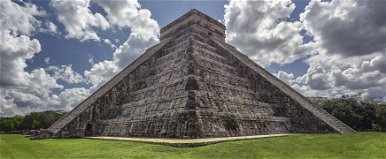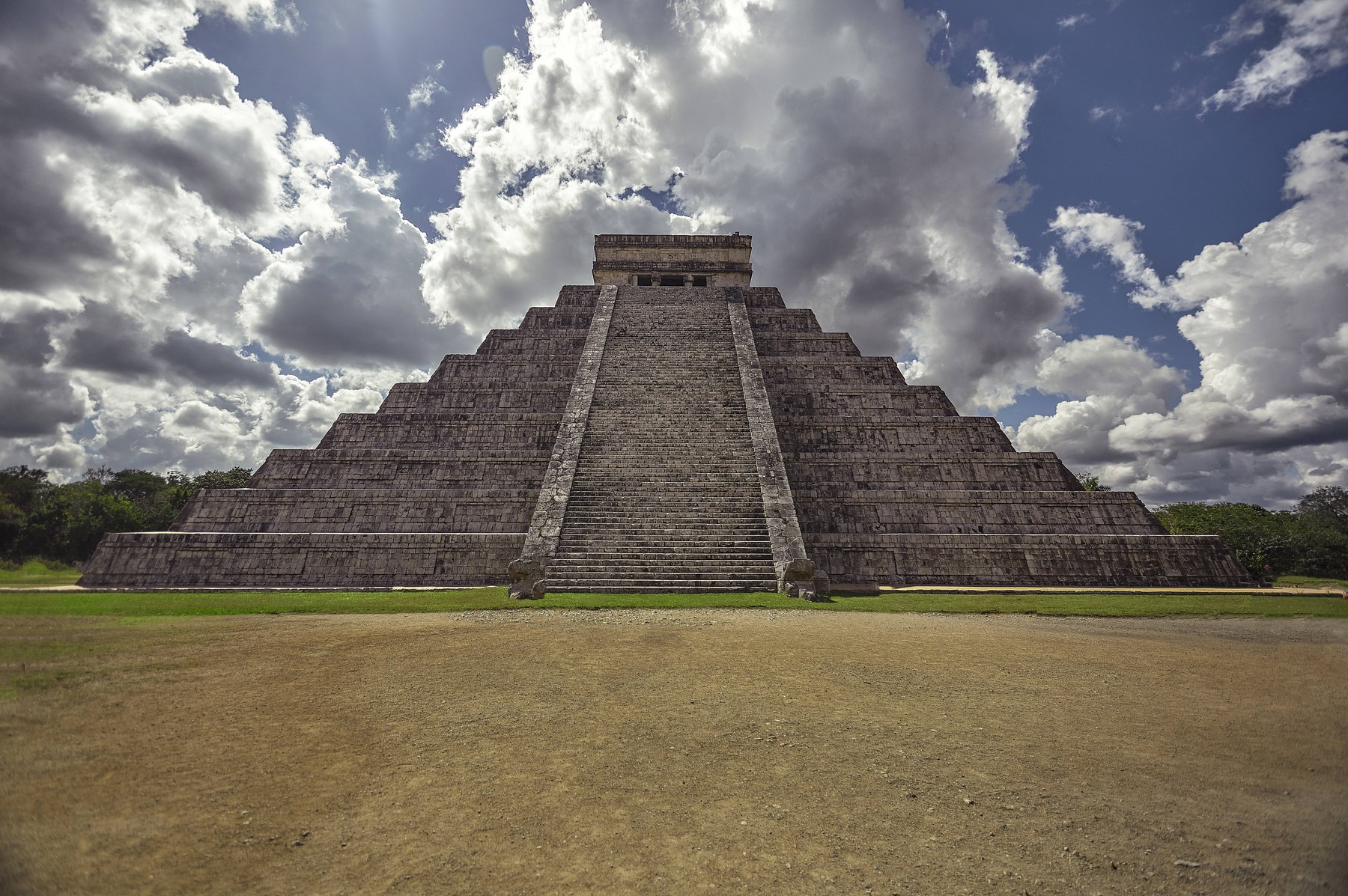The history of royal masks goes back hundreds of years. Masks are usually worn when the king or queen appears at ceremonies or official events.
Masks were originally used to make the king or queen completely unknown to their subjects. This allowed them to participate anonymously in community events and thus become closer to their people.
Now, during excavations at Chushquitam, a little-known Maya settlement, archaeologists have discovered a jade mask representing… a house It belonged to the king. Ongoing excavations have unearthed a human skull, a coffin-shaped stone chest and several jade funerary objects in an area overlooked by tomb robbers in the inner chamber of the royal pyramid. One of the bones shows a carving depicting the ruler with the head of a Maya god.
According to archaeologists, this Mayan king could have been part of the ruling house of Tikal and Teotihuacan, which is a very exciting discovery and scientists are eagerly awaiting further excavations, on the basis of which we can learn more about Mayan culture.

The reason for the disappearance of the ancient Mayan civilization underground has been found
Read more…
Read more…
The first documented example of the use of royal masks was in ancient Egypt, when pharaohs wore masks that distinguished them from others. In ancient Greek and Roman culture, masks were similarly used by members of the royal family. In the Middle Ages, the use of masks was still common among kings and queens. These masks were often made of real gold, silver, or precious stones and were richly decorated. Some royal masks were also worn during religious ceremonies to emphasize the divine importance of the king or queen.
Masks began to fall out of fashion in the 19th century, and have now almost completely disappeared from royal families. However, ancient royal masks can still be found in museums and collections as a reminder of the earlier days of power and wealth.
source: com. heritagedaily












































